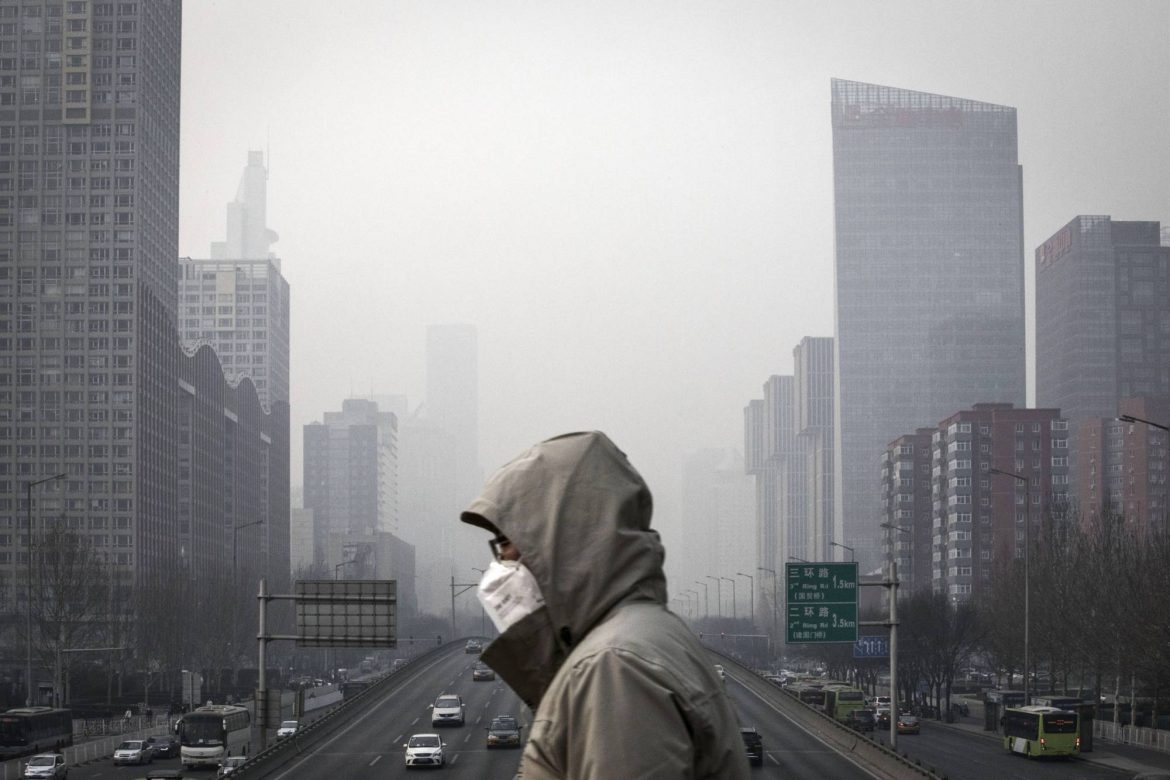New study has found that less than one per cent of the world’s population breathes pollution-free air and Asian countries where air quality is low face some of the most severe health risks as a result.
According to the research published in Lancet Planetary Health, about 99.82 per cent of the global land area is currently exposed to dangerous levels of particulate matter 2.5 (PM2.5) – tiny particles in the air that have been linked to serious illnesses such as lung cancer and heart disease – that are above the safety limit recommended by the World Health Organisation (WHO).
This means only 0.001 per cent of the world’s population breathes air that is considered acceptable the World Health Organisation (WHO) standard, it found.
Conducted by scientists in Australia and China, the study used more than 5,000 monitoring stations worldwide and machine learning simulations, meteorological data and geographical factors to estimate global daily PM2.5 concentrations and found that on a global level, more than 70 per cent of days in 2019 had daily PM2.5 concentrations exceeding 15 micrograms of gaseous pollutants per cubic metre, the WHO-recommended daily limit.
Air quality is particularly worrisome in regions such as south Asia and east Asia, where more than 90 per cent of days had PM2.5 concentrations above the 15 microgram threshold, the study also found.
Fine particulate matter is made up of soot from vehicles, smoke and ash from wildfires, and biomass cook-stove pollution, plus sulfate aerosols from power generation and desert dust.
The study notes although short-term exposure, particularly a sudden increase, to PM2.5 is a leading contributor to the global burden of diseases and mortality, there haven’t been many studies to show how PM2.5 levels have changed over time and across the world over recent decades.
Read also: Study suggests meeting climate targets key to reducing flood-related damage
“I hope our study can change the minds of scientists and policymakers for the daily PM2.5 exposure. If we can make every day with clean air, of course, the long-term exposure of air pollution would be improved,” Yuming Guo, lead researcher and environmental health professor at Monash University was quoted as saying.
The researchers also examined how air pollution changed over the two decades up to 2019 and found that most areas in Asia, northern and sub-Saharan Africa, Oceania, Latin America and the Caribbean experienced an increase in PM2.5 concentrations over 20 years, driven in part by intensified wildfires while annual PM2.5 concentrations and high PM2.5 days in Europe and northern America has decreased over time due to stricter regulations.
Overall, it found that the highest concentrations of PM2.5 occurred in east Asia, at 50 micrograms per cubic meter, followed by south Asia at 37 micrograms and North Africa at 30 micrograms.
In contrast, residents of Australia and New Zealand faced the least threat from fine particulate matter, while other regions in Oceania and southern America were also among the places with the lowest annual PM2.5 concentrations.
Story was adapted from the Independent.
